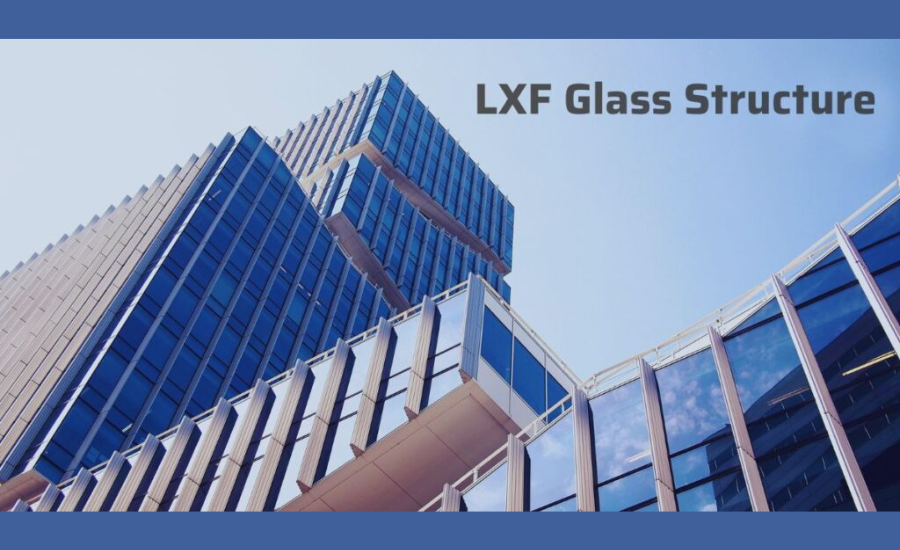LXF glass structures are transforming modern architecture with a combination of strength, safety, and style. Made of multiple glass layers bonded with durable interlayers like PVB, this high-performance material is impact-resistant and versatile, ideal for diverse applications from high-rise facades to skylights and floors.
Originating from early 20th-century laminated glass, LXF glass has evolved to meet today’s standards for durability, energy efficiency, and security. With advanced features like self-cleaning and smart glass technology, LXF glass aligns with sustainable design goals, positioning it as a key element in the future of eco-friendly, resilient architecture.
Defining LXF Glass Structures
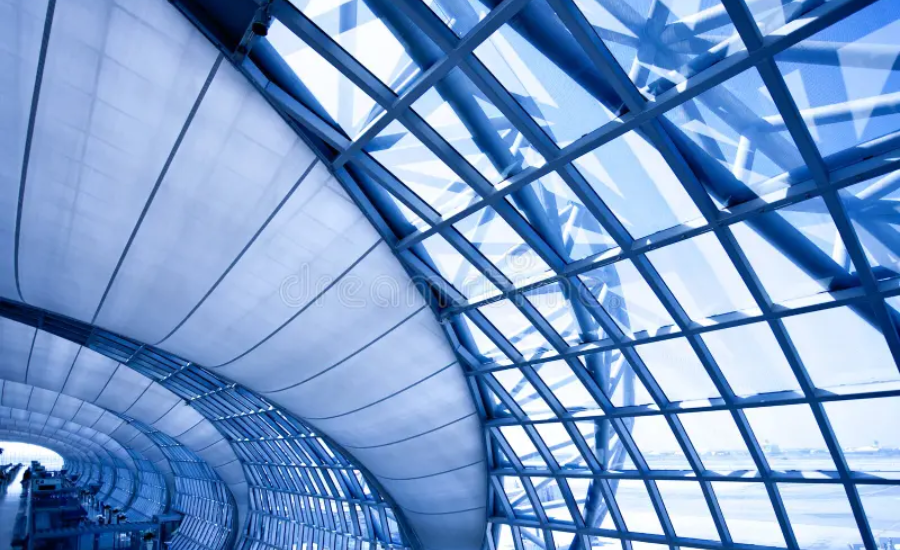
LXF glass structures represent a groundbreaking advancement in architectural design, focusing on the use of high-performance laminated glass. Specifically, this type of glass is crafted by layering multiple sheets with a durable interlayer, often made from polyvinyl butyral (PVB), which, in turn, significantly enhances its resilience, safety, and strength. Consequently, as a result of these improved properties, LXF glass structures are, therefore, an ideal solution for a variety of architectural applications, including, but not limited to, skyscraper facades and interior partitions. Moreover, their versatility and durability make them suitable for both modern and traditional designs.
Laminated glass, pioneered by Edouard Benedictus in the 19th century, uses a plastic layer between glass sheets to prevent shattering, paving the way for LXF glass in various industries.
Constructing LXF Glass Structures: Process And Materials
Building with LXF glass is a specialized process that demands precision, planning, and collaboration among architects, engineers, and construction teams. Here’s a breakdown of the key phases involved in creating these advanced structures.
Design and Planning
The process starts with a detailed design phase, where plans are created based on the building’s purpose, size, and aesthetic, focusing on structural integrity, lighting, and energy efficiency.
Essential Materials In LXF Glass Construction
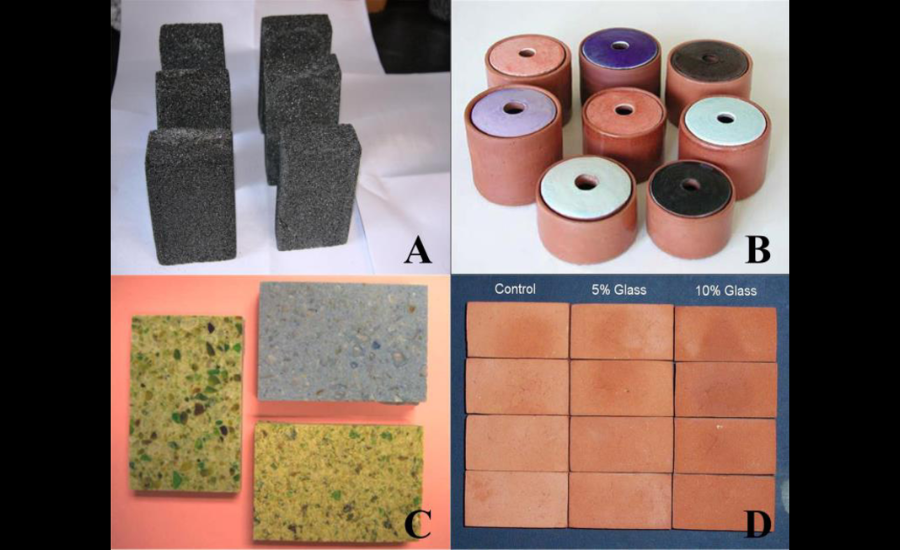
- Laminated Glass Panels: The foundation of LXF glass structures, crafted from multiple glass layers bound with PVB or a similar interlayer for added strength.
- Structural Supports: Materials like steel and aluminum provide a strong frame for the glass panels.
- Sealants and Adhesives: High-quality adhesives and sealants are essential to securely attach the glass to the support structures, ensuring safety and stability.
- Specialized Tools and Safety Equipment: Proper equipment is required for handling, installing, and maintaining the glass to ensure a flawless finish and the safety of workers.
Installation And Quality Control
During installation, laminated glass panels are placed onto pre-built structural supports, and techniques are used to ensure alignment, stability, and aesthetic consistency. Each step undergoes quality control inspections, verifying the integrity of each panel and ensuring they meet safety standards.
Maintenance For Long-Lasting LXF Glass Structures
Proper upkeep of LXF glass structures is essential to retain their visual appeal and functional properties. Regular cleaning with gentle detergents and soft cloths helps to maintain the clarity and shine of the glass without risking scratches or damage. Scheduled inspections are also recommended to check for signs of wear or damage, allowing for timely repairs and, if needed, professional replacement of damaged panels.
Practical Applications Of LXF Glass In Modern Architecture
“LXF glass structures are increasingly seen across a variety of building types, thus showcasing their versatility in both private and public settings.”
- Residential Homes: LXF glass is used in large windows, skylights, and flooring, allowing for bright, open spaces that maximize natural light.
- Commercial Buildings: Office complexes, hotels, and retail centers benefit from the energy-efficient, attractive facades made possible by LXF glass.
- Public Spaces: Museums, libraries, and government buildings leverage the transparency and durability of LXF glass to create welcoming, naturally lit environments.
Exploring Types Of LXF Glass Structures
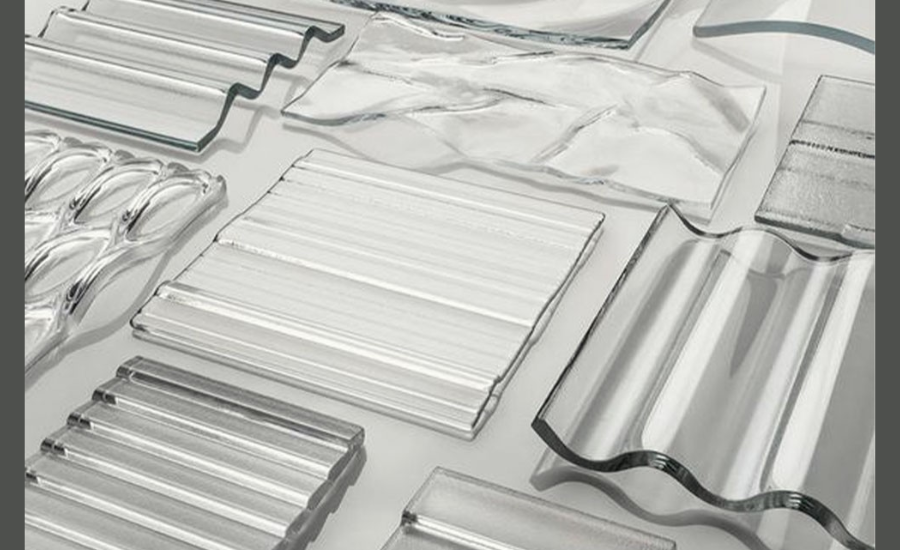
LXF glass structures are available in diverse formats, each designed to meet specific architectural needs and maximize aesthetic appeal, functionality, and safety.
1. LXF Laminated Glass Walls
LXF glass walls incorporate multiple layers of laminated glass to deliver a stunning and durable partition solution. Popular in commercial buildings, these walls allow abundant natural light while ensuring high durability and resistance to impact. LXF laminated walls bring elegance and energy efficiency, creating open, bright, and welcoming interiors.
2. LXF Glass Facades
LXF glass facades have become a defining feature of contemporary office buildings, high-rise towers, and hotels. These facades offer a sleek, transparent exterior, allowing natural light to permeate the building and reducing the need for artificial lighting. LXF facades contribute not only to a modern look but also to energy savings, establishing them as a sustainable option in modern architecture.
3. LXF Glass Skylights
LXF glass skylights provide a distinctive way to illuminate indoor spaces with natural light. These skylights enhance the aesthetics of interiors while improving energy efficiency by regulating indoor temperatures. Customizable to complement any architectural style, LXF skylights offer a sustainable way to introduce natural lighting from above, enriching the ambiance of interior spaces.
4. LXF Glass Floors and Staircases
For those seeking an architectural touch that adds sophistication, LXF glass floors and staircases are a popular choice. These elements create a sense of openness and provide a unique view of lower levels. Frequently used in atriums, hotel lobbies, and residential spaces, LXF glass floors and staircases combine beauty with functionality, enhancing the sense of flow and spaciousness in any structure.
5. LXF Glass Doors
LXF glass doors deliver an elegant, transparent entry solution, allowing maximum light to flow through entrances and creating a welcoming atmosphere. Known for their strength and durability, LXF glass doors are an ideal choice for both commercial and residential applications. Moreover, they add style while simultaneously meeting high standards of resilience and safety. Additionally, their versatile design ensures they complement a variety of architectural styles.
Key Advantages Of LXF Glass Structures
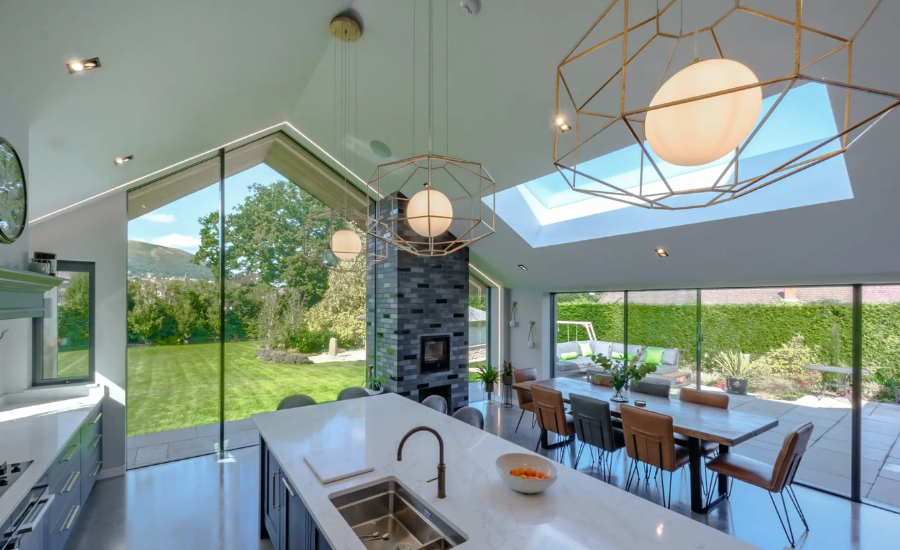
1. Exceptional Durability and Strength
The unique laminated composition of LXF glass provides outstanding resilience, making it highly resistant to impact, temperature fluctuations, and physical stress. This strength is particularly valuable for applications where safety and longevity are critical, such as in skyscrapers, public buildings, and busy urban environments. The durability of LXF glass structures minimizes maintenance costs and ensures that buildings remain safe and structurally sound over time.
2. Energy Efficiency for Sustainable Design
The interlayer within the laminated glass acts as a thermal barrier, minimizing heat transfer between the building’s interior and exterior. This insulation results in more stable indoor temperatures, reducing the need for excessive heating or cooling and ultimately lowering energy costs. The eco-friendly nature of LXF glass makes it a sustainable choice for developers focused on reducing their buildings’ environmental impact.
3. Unmatched Aesthetic Flexibility
One of the most appealing aspects of LXF glass is its transparency and the creative freedom it offers to architects. It allows for the design of open, light-filled spaces that invite natural light, creating a vibrant and welcoming atmosphere. Additionally, LXF glass can be customized with different finishes, patterns, and even digital prints, enabling architects to achieve a distinctive look that complements the overall design vision. This flexibility makes LXF glass structures ideal for creating visually impactful facades, interior walls, and unique design elements.
4. Enhanced Safety and Security
Safety is key in LXF glass structures, with laminated glass designed to hold fragments together if broken, reducing injury risks. This feature makes it ideal for public spaces, schools, hospitals, and high-traffic areas, while also providing added security against forced entry.
5. Commitment to Sustainability
LXF glass is an eco-conscious choice, contributing to both energy efficiency and sustainability. In addition to reducing reliance on artificial lighting, LXF glass is recyclable, making it a greener alternative to other building materials. Its insulation and sustainability benefits are vital in meeting modern environmental standards, positioning LXF glass as an ideal material for eco-friendly building practices.
The Future Of LXF Glass Structures: Innovation And Sustainability
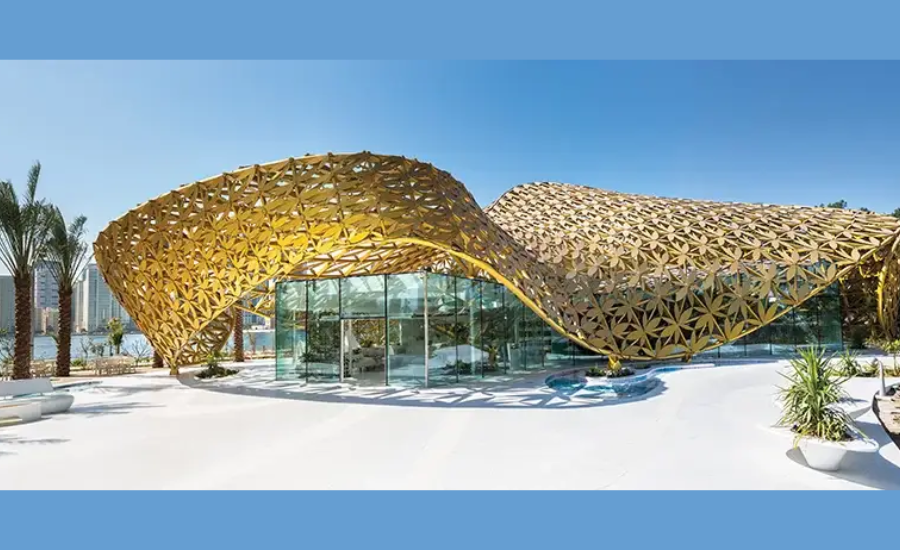
The potential of LXF glass is far-reaching as innovations in material science continue to advance. Emerging technologies like self-cleaning coatings, smart glass, and renewable energy integration will boost LXF glass structures’ efficiency and eco-friendliness. LXF glass is poised to shape sustainable, modern buildings, aligning with evolving architectural and environmental goals. It represents contemporary design while paving the way for a greener future.
Facts On LXF Glass Structures
- Strength and Safety: LXF glass structures use laminated glass, which is significantly stronger and more impact-resistant than standard glass. Laminated glass includes an interlayer, often polyvinyl butyral (PVB), which holds the glass together upon impact, preventing dangerous shattering. This feature makes laminated glass highly suitable for high-traffic and high-rise buildings, where safety is paramount.
- Energy Efficiency: Laminated glass in LXF structures reduces energy transfer by up to 50%, stabilizing temperatures, cutting energy costs, and lowering carbon footprints.
- Enhanced Acoustic Insulation: The layered design of LXF glass provides acoustic insulation properties, helping to reduce external noise by up to 30 decibels. This quality makes LXF glass particularly useful in urban environments or commercial buildings where noise control is essential.
- Sustainability and Recycling: LXF glass, often made from recyclable materials, aligns well with sustainable construction practices. Since glass and PVB are recyclable, end-of-life LXF glass structures can, therefore, contribute to the circular economy. Consequently, this helps reduce waste in the building and construction sector. Moreover, recycling these materials promotes sustainability and minimizes environmental impact. Additionally, it aligns with green building practices, further supporting eco-friendly initiatives.
FAQs About LXF Glass Structures
Q: What is LXF glass?
A: LXF glass is a high-performance laminated glass valued in architecture for its strength, safety, and energy efficiency. It’s widely used in facades, skylights, and partitions.
Q: How does LXF glass improve energy efficiency?
A: Its laminated layers provide insulation, reducing indoor-outdoor heat transfer and lowering energy costs for heating and cooling.
Q: Where is LXF glass commonly used?
A: LXF glass is used in residential and commercial projects, including skyscraper facades, glass walls, skylights, floors, and doors.
Q: How is LXF glass maintained?
A: Simple cleaning with mild detergents and regular inspections help maintain its clarity and durability.
Q: Can LXF glass be customized?
A: Yes, it can feature different finishes and patterns to suit unique architectural designs.
Q: Is LXF glass sustainable?
A: Yes, it’s recyclable, energy-efficient, and reduces the need for artificial lighting, supporting eco-friendly building practices.
Conclusion
LXF glass structures embody the future of architecture, merging modern aesthetics with unparalleled functionality and environmental benefits. With enhanced durability, energy efficiency, and customization, LXF glass is revolutionizing building design, making structures brighter, stronger, and more sustainable.
As technology advances, the role of LXF glass in architecture is only set to grow. Innovations like self-cleaning coatings and smart glass will push design limits, enhancing safety, efficiency, and sustainability. LXF glass offers a versatile, forward-thinking solution for modern building needs.
Stay in touch for more updates and alerts visit: Vents Maga!
